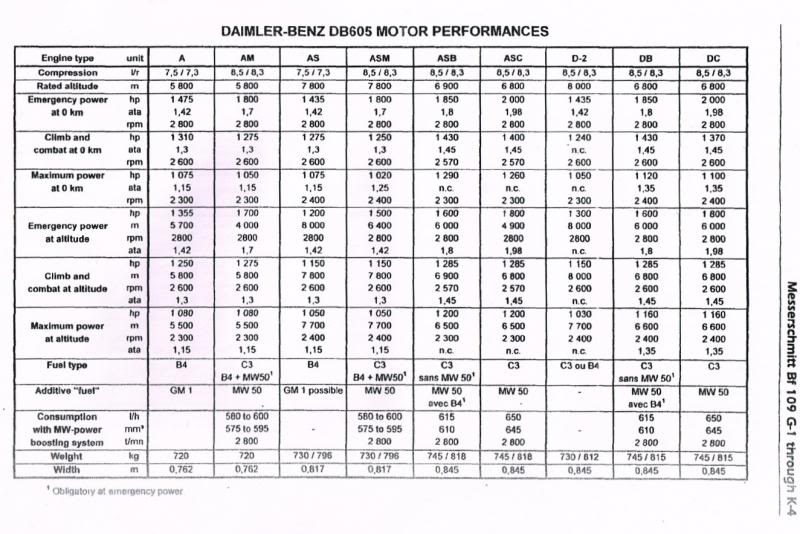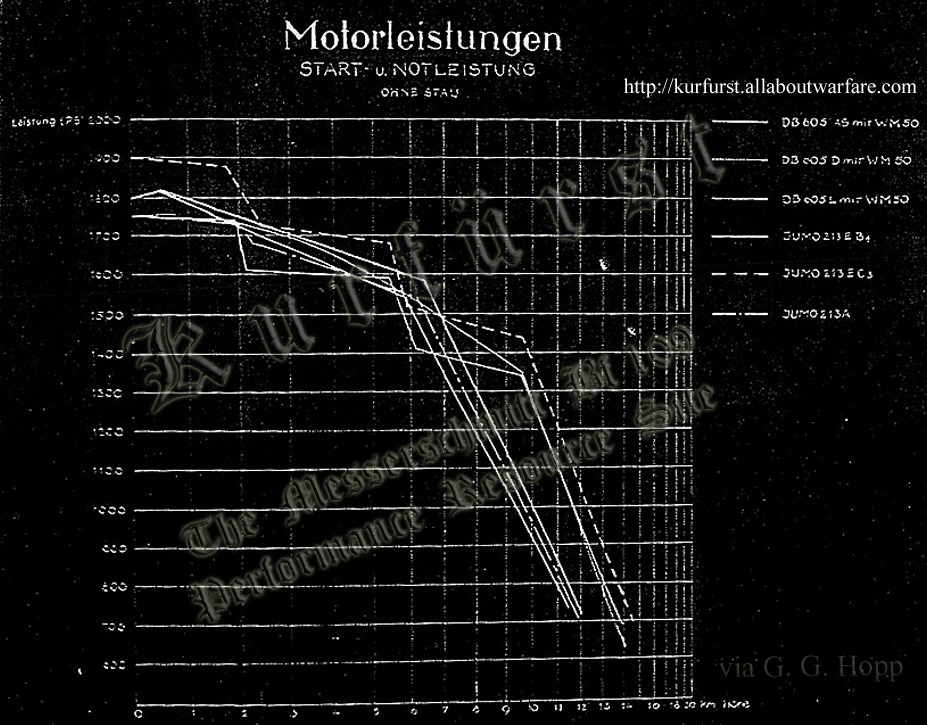I got asked about the Bf 109G-14's turning ability compared to the Spitfire XIVe with regards to wingloading and powerloading etc. I thought my answer could be of interest to other players as well, so posting it here. The next update will most probably see a slight induced dragco increase for all planes with slats (Bf 109's, La-5's, La-7's, MiG-3, Swordfish). Not a significant change for these planes, but should hopefully have the slats more realistically modeled.
------------------------
<S> sir!
Note that the Spitfire XIVe is the heaviest and worst turning Spit in the series. The Spitfire Vc and IXe will easily outturn the Bf 109G-14 in a prolonged turn fight between two equally skilled pilots, but the Bf 109G-14 and the Spitfire XIVe should be very closely matched. It's also quite a post war propaganda misconception that the Bf 109's weren't good turn fighters. They were actually great turn fighters, but were usually matched against the Spitfires and Hurricanes, and were as such often better off using boom n zoom tactics. And now on to the technical stuff...

The wingloading is not set as a parameter, but more a resultant from the flightmodel's current weight and liftco + max AoA. Pure wingloading wise at 100% fuel the Bf 109G-14 weighs 7325.2 lb vs the Spitfire XIVe's 8488 lb. The wing area is 173.3 sqft vs 242.1 sqft. As such we'd get a wingloading of 42.3 vs 35.1 in favour of the Spit XIVe. The wingloading is of course lowered if you have less fuel/ammo.
Wing area is not the sole factor determining the liftco though since the wing thickness ratio is important as well (and a few other factors). The Bf 109G-14 has an average wing thickness ratio of ~12.8% while the Spitfire has really thin wings at only ~11%. This is great for the Spitfire concerning drag and allows it a higher top speed compared to if it had as thick wings as the Bf 109G. Liftco wise though you could say that the Spitfire's wing area is only ~219 sqft relative to the Bf 109G-14 due to the Spitfire's thinner wings (I just ran some tests and calculations). As such the relative actual "wingloading" is rather 41.4 vs 38.8, still in favour of the Spitfire XIVe but not by as much.
What flips the coin though is the Bf 109 having slats. There is no code that models slats in Warbirds, but I've modeled the simulated max AoA gain from slats as close to realistic performance as possible, by studying data from ww2 stall tests of a La-5FN with and without slats, and I tried to rather be on the safe side as to not give to much liftco gain from slats. From my tests with slats simulated, the gain for the Bf 109G-14 is comparable to as if it had an actual wing area of ~212 sqft. As such the comparable "wingloading" between the Bf 109G-14 and Spitfire XIVe would rather be stated as 34.6 vs 38.8 relative to each other, in favour of the Bf 109G-14. As such due to slats and thicker wings, the Bf 109G-14 has a better max liftco vs weight compared to the Spitfire XIVe, and it should be able to win a turn fight against the Spit XIVe. Then the power/weight ratio comes into play though, which is generally in favour of the Spitfire XIVe, but at sea level the Bf 109G-14 has the better power/weight ratio. At WEP the Spit XIVe should be quite evenly matched to the Bf 109G-14 at altitudes above 2000 ft due to the power/weight ratio gap being larger, while the Bf 109G-14 should be better in a turn fight below 2000 ft. (Due to the DB 605 ASM engine having very high horsepowers at WEP up to 2000 ft). This is without combat flaps and with combat flaps the Bf 109G-14 should be the winner in a turn fight between these two, as the Spitfire XIVe doesn't have combat flaps. Note that this is before applying the negative drawbacks from having slats though.
Power/weight ratio (Bf 109G-14 vs Spitfire XIVe):at Sea level: 0.242 vs 0.241
at 12000 ft: 0.207 vs 0.240
Also note that the Spitfire LF IXe quite easily wins a prolonged turn fight against the Bf 109G-14 between two equally skilled pilots, owing to the IXe's lighter weight compared to the Spitfire XIVe, but the Bf 109G-14 can be dangerous in the first few laps of a turn fight even against a Spitfire LF IXe.
Now there is a drawback with slats as they increase the drag and induced drag when deployed. This will cause an increased energy bleed in a turn fight. The turn radius is not so much affected by this side-effect, nor is the instant turn rate while there is excess energy to bleed, but the sustained turn rate is definitely affected negatively. Iv'e actually been pondering for some time wether I've modeled these drawbacks realistically or with to light negative effects. It's often better to be on the safe side but I've felt that the negative effects should be slighly larger. I've ran some more in depth tests this last week and from these concluded that an increase in the amount of induced drag penalty would be advisable. I've studyied ww2 turning tests conducted between early Spitfires vs Bf 109E's, and also German turning tests between the adversaries. I've tested the Spitfire I vs Mirlox flying the Bf 109E-4, with him starting on the tail of my Spitfire I. Turning at full WEP and the best of our abilities, it required me 4 laps to reverse the positions and get on his tail, which shows the Spitfire I is definitely the superior turn fighter. In real ww2 trials though it required only around 3 laps for the Spitfire to get on the tail of the Bf 109E when performing the same test. I'm thinking of increasing the induced drag penalty for slats slightly for all planes using slats, not just the Bf 109's, for the next update, but still want to run more tests to conclude it would be a more realistic setting. With my planned change the relative turn performance between a Spitfire I and Bf 109E would be very close to ww2 trial reports. The Bf 109's and La-5, La-7 etc would see a slight decrease to their sustained turn performance, although quite small with the turn rate increased by ~0.4 sec/lap, so it shouldn't affect these fighters potential by to much, but would be a step in making them closer to real life performance. With this change the turn performance between the Spitfire XIVe and Bf 109G-14 would be a close call for sure. The Oswald factor (Wing efficiency factor / induced drag factor) for the Bf 109G-14 would then be 0.741 (previously 0.791) while the Spitfires have a factor of 0.910, which means quite a lot more induced dragco vs liftco for the Bf 109G-14 when pulling G's in a turn.
Here is also some engine data that was used when programming the DB 605 ASM engine of the Bf 109G-14. The numbers are most likely under min RAM conditions.


Cheers!
/Robert